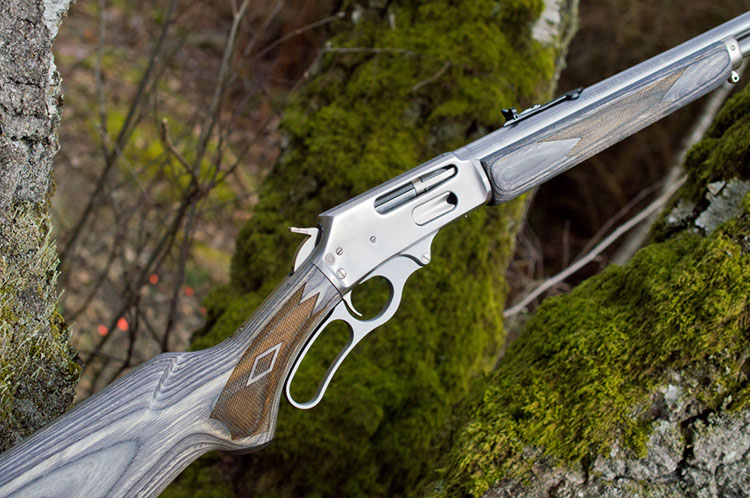
 The Rise
The RiseFew rifles need as little introduction as the Marlin 336. It's the world’s second most popular lever action rifle (the top spot being held by Winchester’s Model 94), with over six million 336’s produced. Most of these were churned out in Marlin’s old factory in New Haven, Connecticut. First manufactured in 1948, and an evolution of the Model 36 (which itself was an updated version of the venerable Model 1895), to many the 336 is the perfect deer rifle. It's quick-handling, reliable, and packs a good amount of power inside a magazine tube stuffed with .30-30 rounds. Simply put, to deny this rifle a position on a list of the world’s best sporting arms would be a mistake. Or, rather, denying that title to any Marlin 336 manufactured prior to 2007 would be. But can Marlin's latest 336 lever action rifle, the 336XLR, measure up to the 336's of old? We'll find out.
When Marlin opened its doors in 1870, it was (as most firearms manufacturers were) the vision of a single man. John M. Marlin first started as a tool and die maker’s apprentice before working through the civil war in Colt’s Hartford, Connecticut-based manufacturing facility. He then hung out his own sign on State Street in New Haven, Connecticut where he manufactured his own line of revolvers and derringers. Eventually, he was able to attract additional firearms designers, and the outstanding group he amassed came up with the Models 1891 and 1893. Coincidentally , those two models would evolve into the Models 39 and 336 respectively, the oldest shoulder-fired firearms designs still in production today. And firearms aficionados of the day thought they were pretty great as well - Annie Oakley shot a Marlin lever-action .22 almost exclusively.
When John Marlin passed away in 1901, the company was passed to his two sons, who sought to diversify the company’s offerings. But with the onset of World War I, in 1915 Marlin was bought by a New York-based syndicate of owners who renamed the company the Marlin Rockwell Corporation. Not surprisingly for a gunmaker, Marlin Rockwell tooled up for war production and became one of the largest producers of belt-fed machine guns in the world for the American army and her allies. After the war, consumer product production restarted under the Marlin banner as a separate corporation, but struggled to gain momentum and was finally auctioned off. Oral historians say the Marlin name was so tarnished that the auction was attended by several children, a small dog, and a lawyer named Frank Kenna who bid just $100 for the right to purchase the faltering company and its $100,000 mortgage.
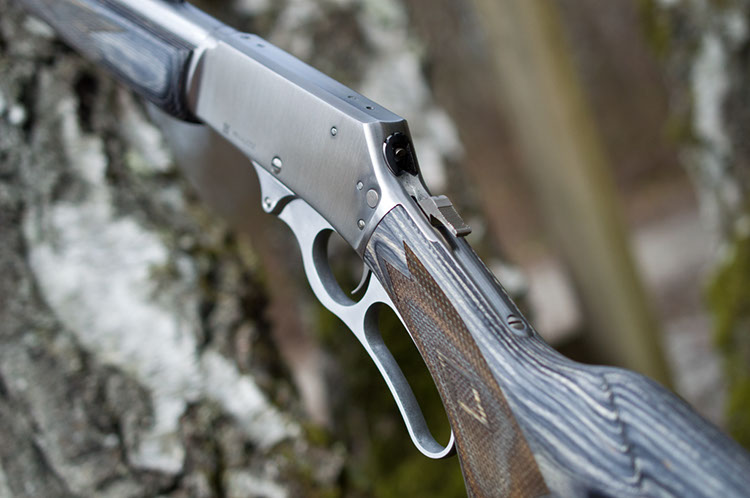
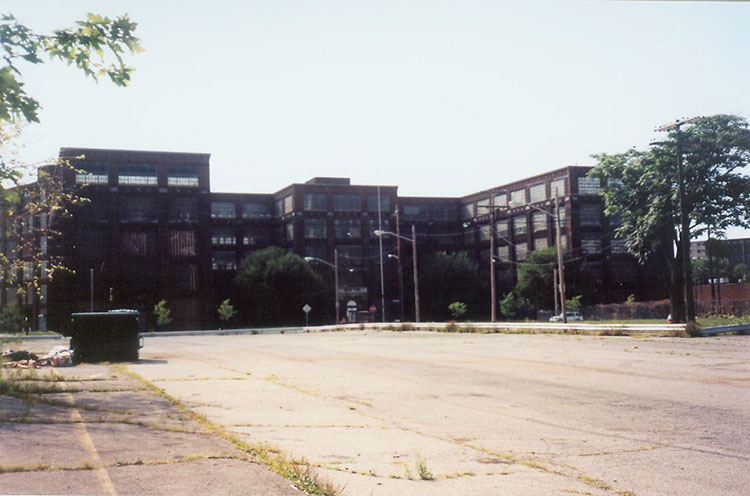
Furthermore, and perhaps most telling, Remington could find no dimensional drawings for any of the firearms being produced. The precise method by which Marlin had been building some of the most popular rifles on earth had literally been passed down from generation to generation without a single pen touching paper. Not surprisingly, the combination of old machinery and a hands-on manufacturing process wasn't sustainable, and Remington was faced with the task of increasing efficiency in order to keep Marlin rifles in production. The decision was made to abandon the North Haven factory and move production to Ilion, New York and Mayfield, Kentucky, where Marlin production could restart under Remington’s roofs, with some modern provisions aimed at increasing production efficiency.
Unfortunately, but not surprisingly, many of Marlin’s production staff did not follow the company to New York. Furthermore, although Remington initially tried to transplant as much of the factory as possible from North Haven to Ilion, Marlin’s older machinery had literally settled into the floor at the old plant. When installed in the modern facility in New York, many of the old machines were performing even slower than they had in Connecticut, and the entire process was hampered by an almost entirely new production staff that had never built a lever-action rifle before.
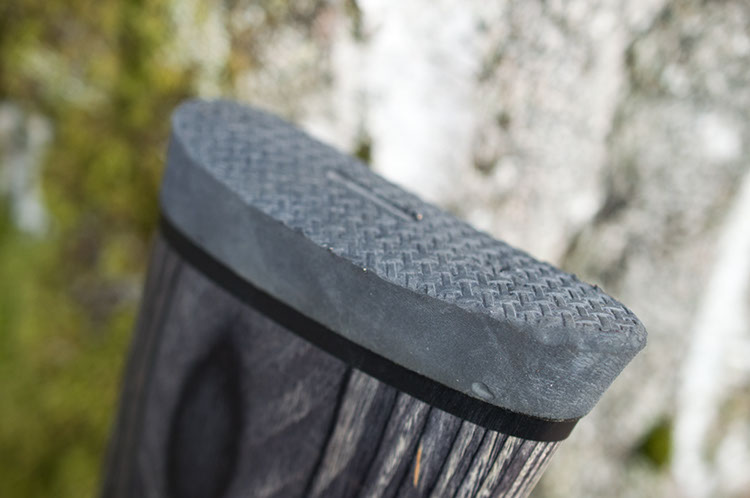
To make matters worse, the new rifles were no easier to fix than their hand-made brethren. Whilst the typically reliable North Haven-made Marlins had a reputation for requiring a lot of hand-fitted parts due to their old-world manufacturing methods, they didn't need frequent service. The new "Remlins" needed far more frequent repairs and parts still required as much hand-fitting as ever. This was a direct result of inconsistencies in production due to their hand-made nature.
Furthermore, with aged machinery being staffed by Remington employees with no experience on them, the parts that were being produced were questionable in quality at best. It didn’t help that with the departure of Marlin’s staff, so too went the knowledge on precisely what sizes and shapes various parts were supposed to be. With no proper dimensional drawings to reference, rifles were doomed to roll out the door with parts that weren’t quite the right shape or size. Sharp edges inside the action weren’t deburred. Flats were left with terrible machine marks all over. They were undeniably the worst rifles Marlin had ever made. They were so bad, in fact, that many gunsmiths that specialized in Marlin rifles flat out refused to service them or charged a premium to fix early Remington-made Marlin rifles.
The only solution was to begin the long and arduous process of creating dimensional drawing for each of Marlin’s iconic guns. Since there was no single rifle that could be held up as the exemplar of a perfect Marlin rifle, the process of creating a three-dimensional model to be used for production essentially required the re-engineering of the entire firearm; a sort of distillation of generations’ worth of manufacturing know-how into a single rifle design with the tightest tolerances possible. In order to make this process easier, Marlin pared down their offerings from 29 models to just 18.
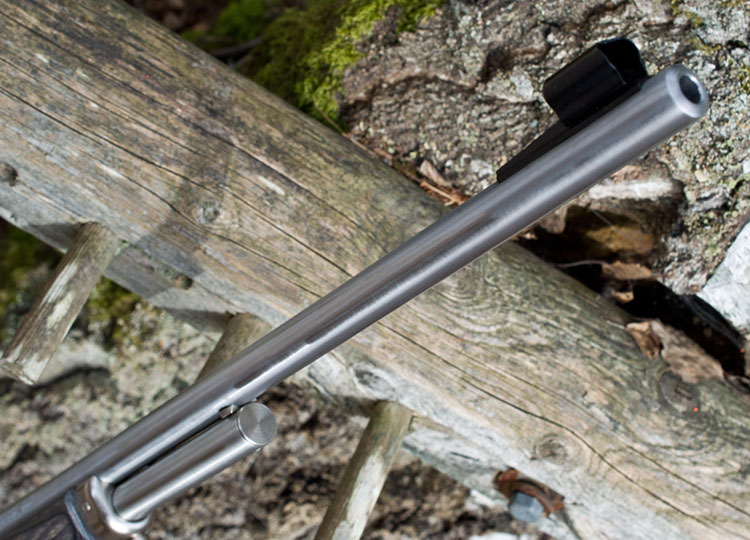
Unfortunately, the first of Remington’s dimensional drawings weren’t completed until 2012, which meant a long five year wait for Marlin fans. This had very serious industry effects, as companies like Rossi and Henry gained significant market share on the collapse of Marlin’s quality control.
However, since 2012, things have been looking up, and Marlin is slowly reintroducing new models as more blueprints are completed and the production line staff get ever better at making rifles. In the last few years, Remington has invested in $8M worth of new CNC machines, as demand for Marlin rifles begins to recover to pre-2007 levels. But are the modern Marlins, produced largely by CNC machines, comparable with the hand-made Marlins of yesteryear?
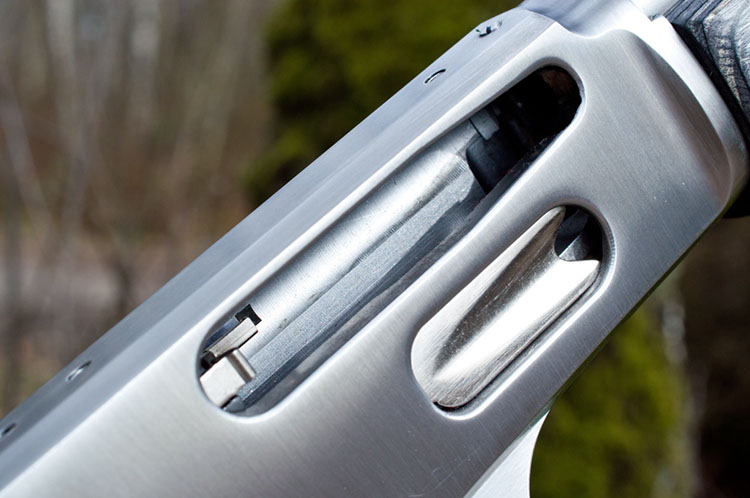
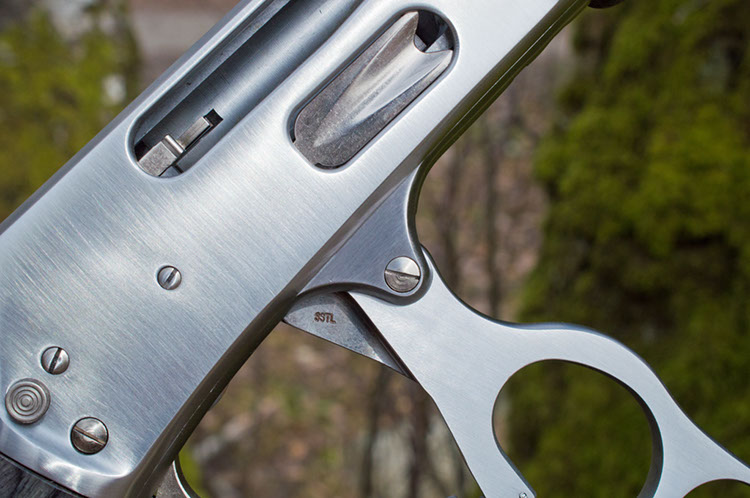
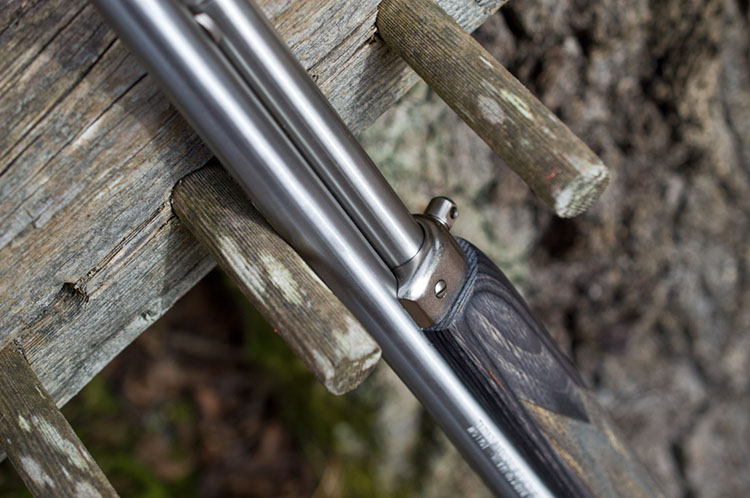
Furthermore, the 336XLR models forgo the traditional barrel bands found on 336 carbines and feature a barrel that's four inches longer. This pushes just a bit more velocity out of Hornady’s Leverevolution ammunition and increases accuracy. On ours, the result was groups that typically ran about 2 MOA or slightly larger. Certainly not inaccurate by any stretch and definitely adequate for deer and the like.
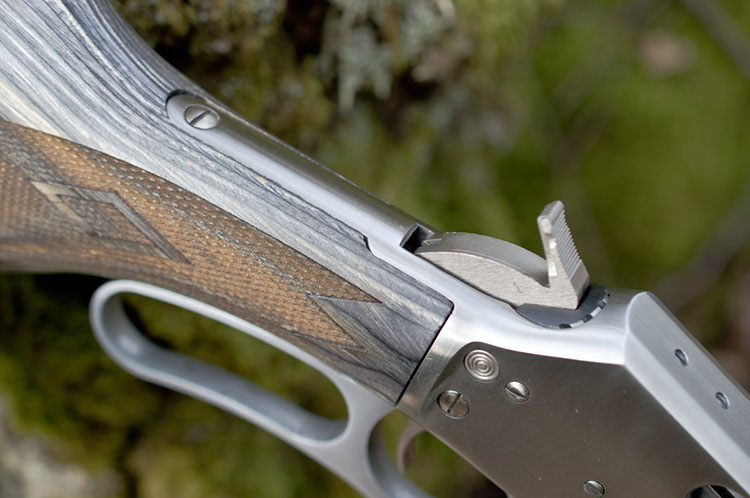
However, there are some fit and finish issues. The stock, for example, is not fitted to the action evenly, and the sling mount inset into the butt was quite simply done wrong (it appears to be off-center). Even the recoil pad wasn’t spared and looks like it’s been crudely eroded away at the toe by some means.
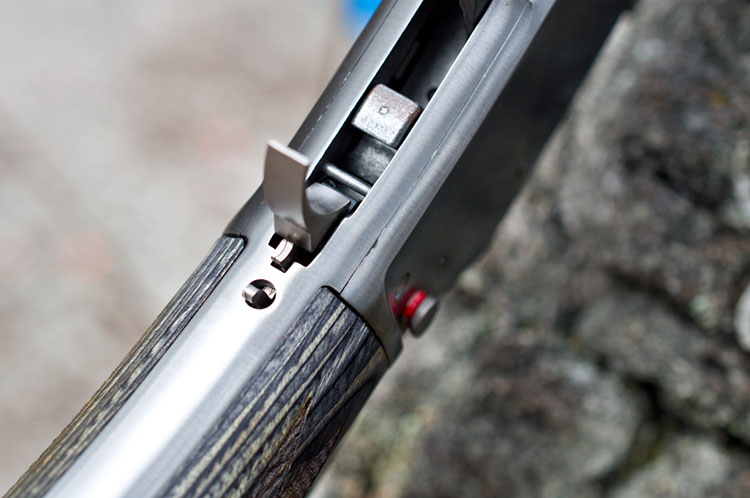
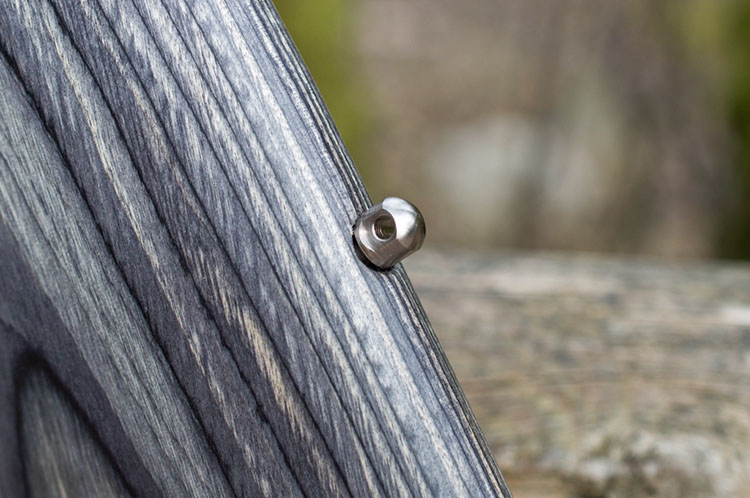
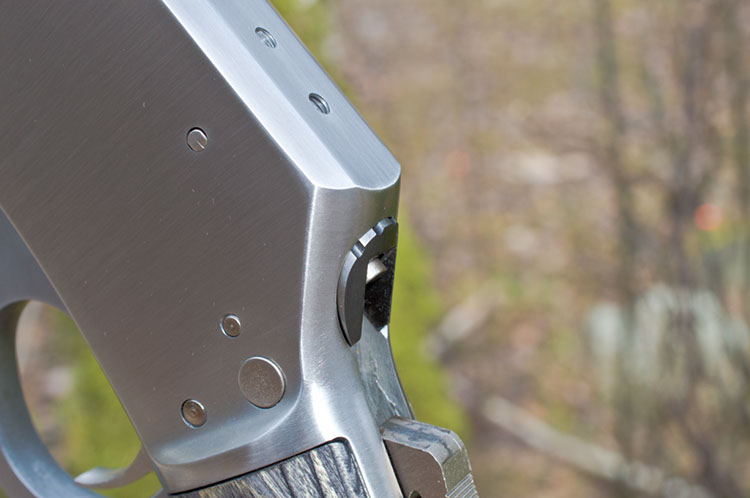
So, would we hesitate to buy a new Marlin? Yes and no. For example, as we just stated, we would be looking to exchange our tester 336XLR were we a potential owner. But that is due to the level of quality we expect of a rifle carrying the $920ish dollar price tag that the 336XLR does, though most Marlin rifles can be had for far less. A standard blued 336 carbine, for example, can be found for less than $500. 1894 and 1895 models, chambered in a variety of calibres, typically ring in between $650 and $700. Would the level of craftsmanship and quality demonstrated with our 336XLR be acceptable at any of those price points? With the exclusion of that damned pry mark, yes - absolutely. Were we to take this test gun in to exchange it and find our replacement rifle was devoid of that solitary pry mark and one or two other issues, we’d be happy. It is supposed to be a working gun, after all, and given the progress that’s been made as of late to bring Marlin back to its former glory, we have no doubt they will only continue to get better.